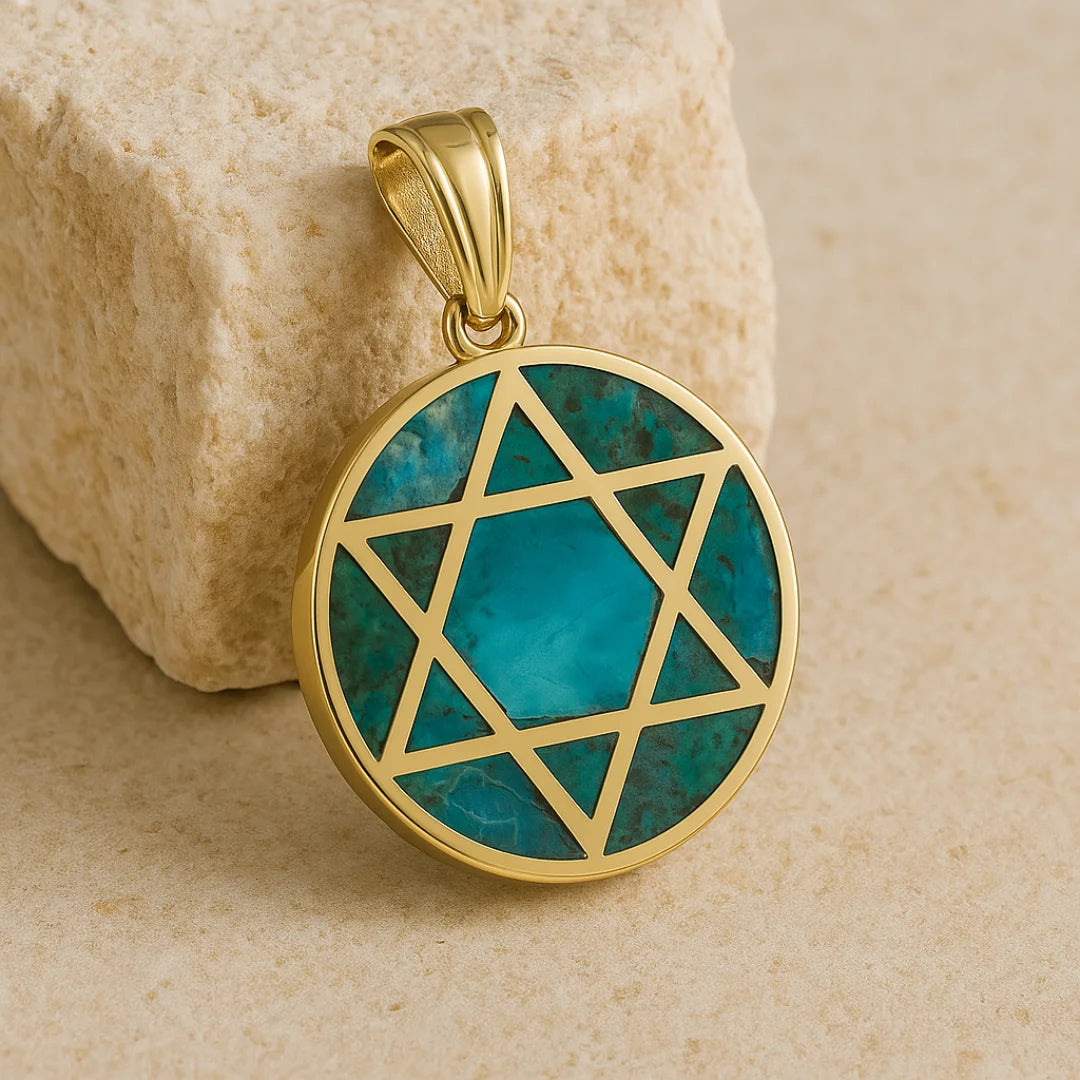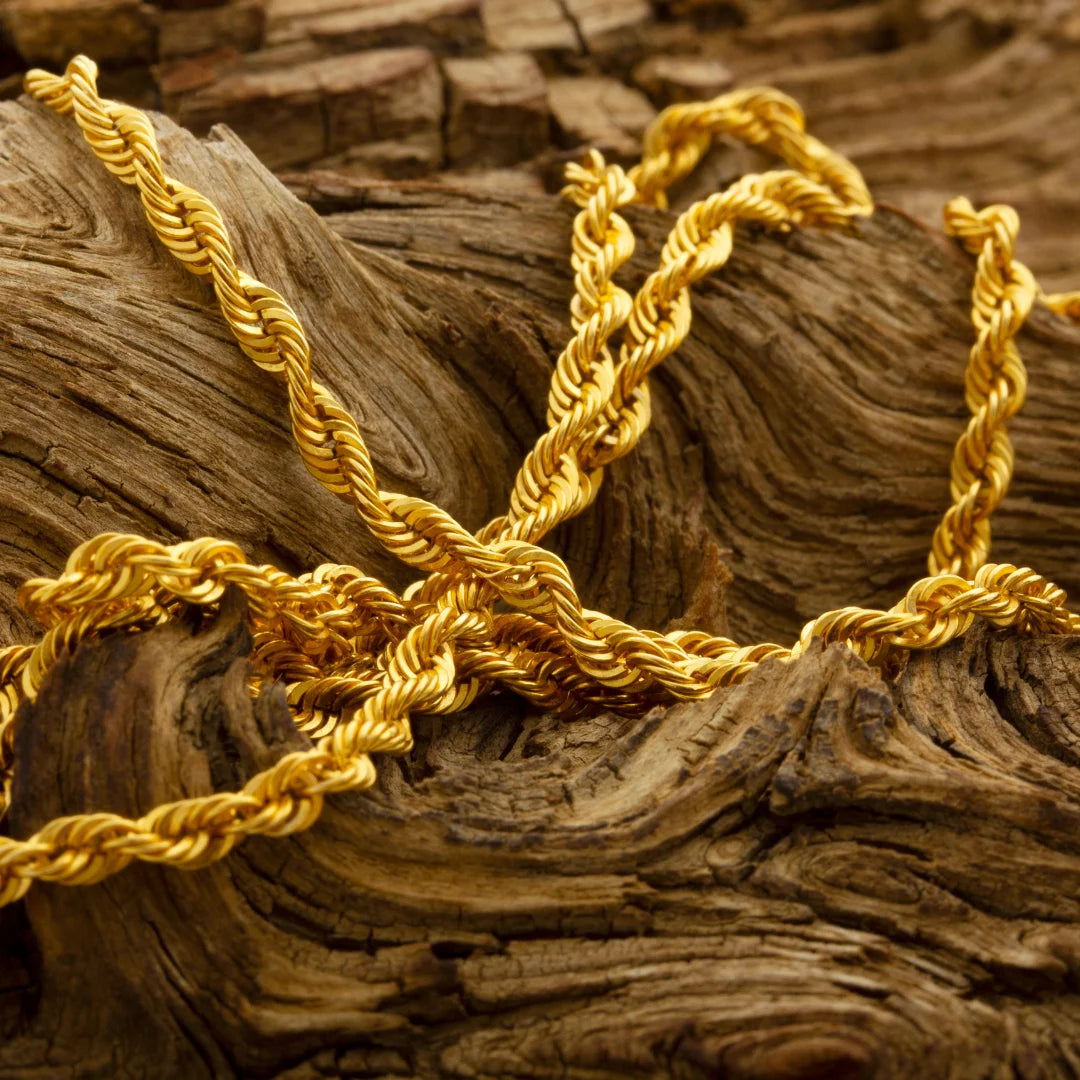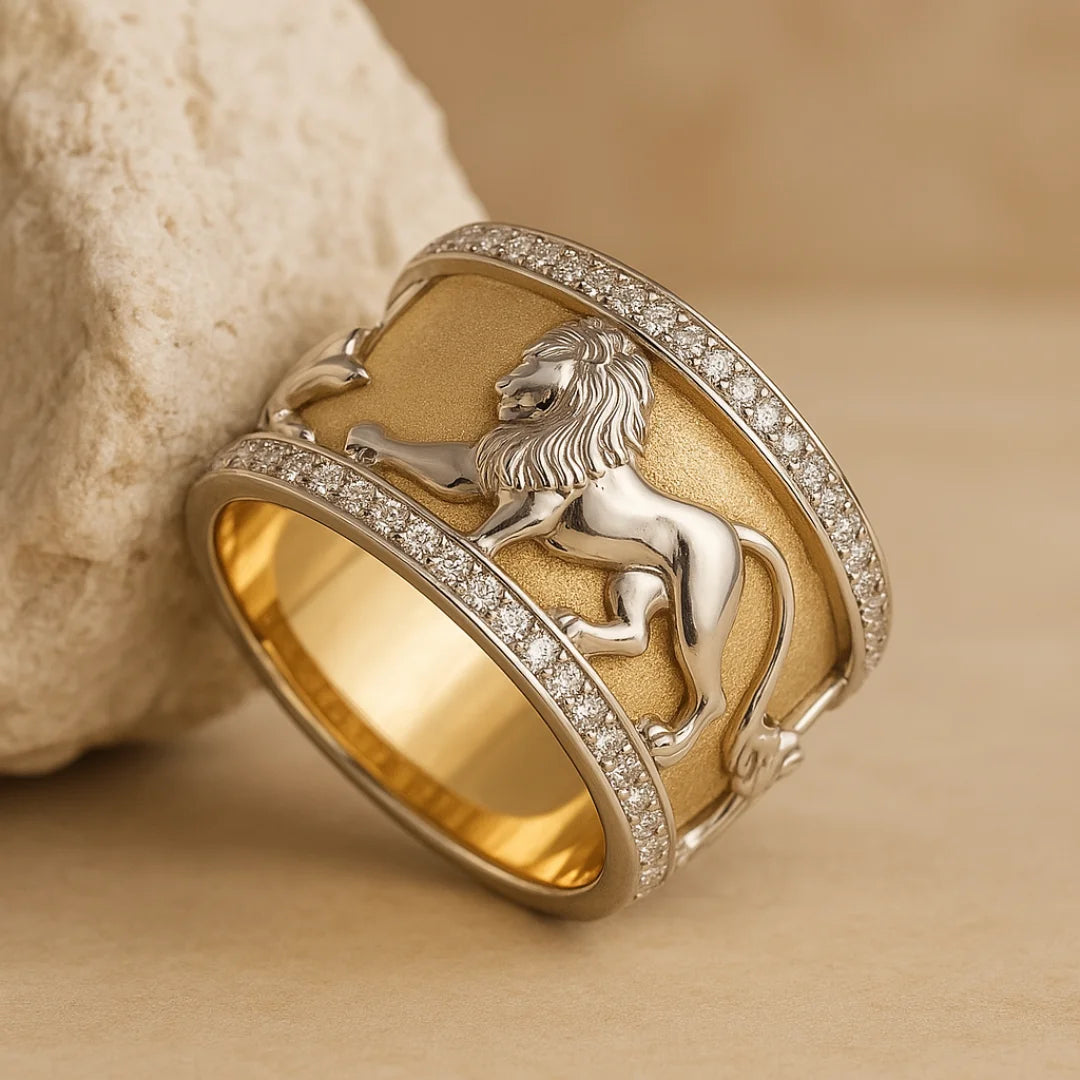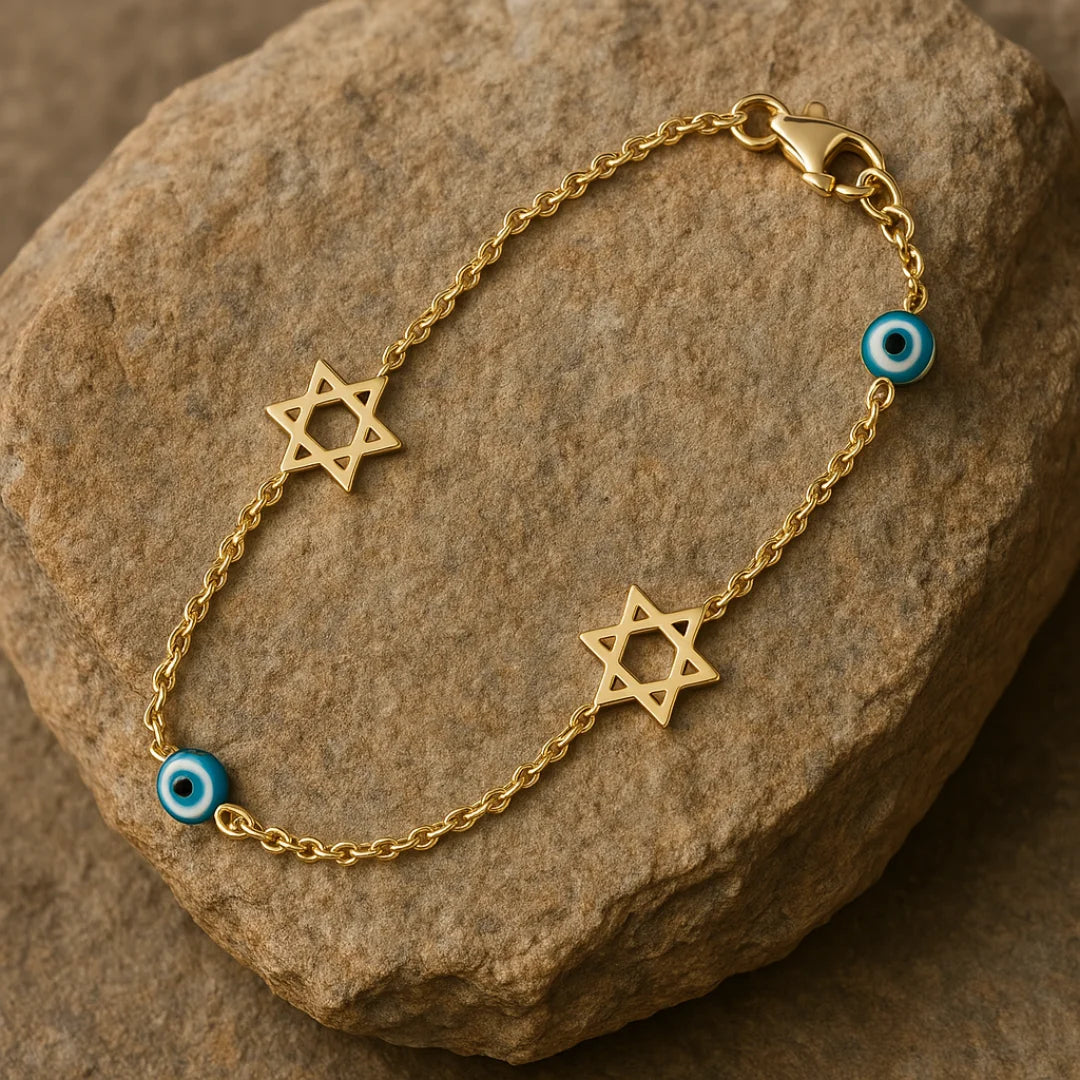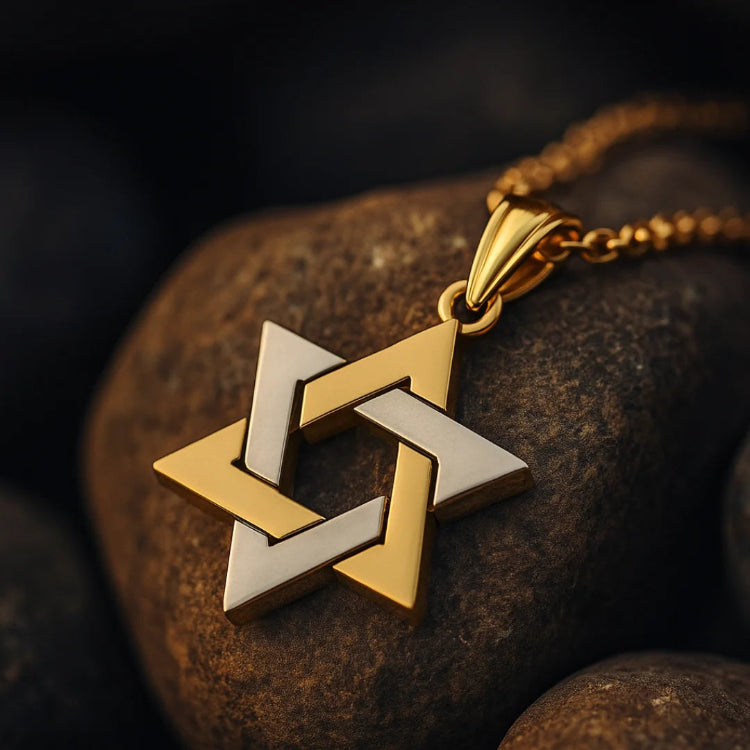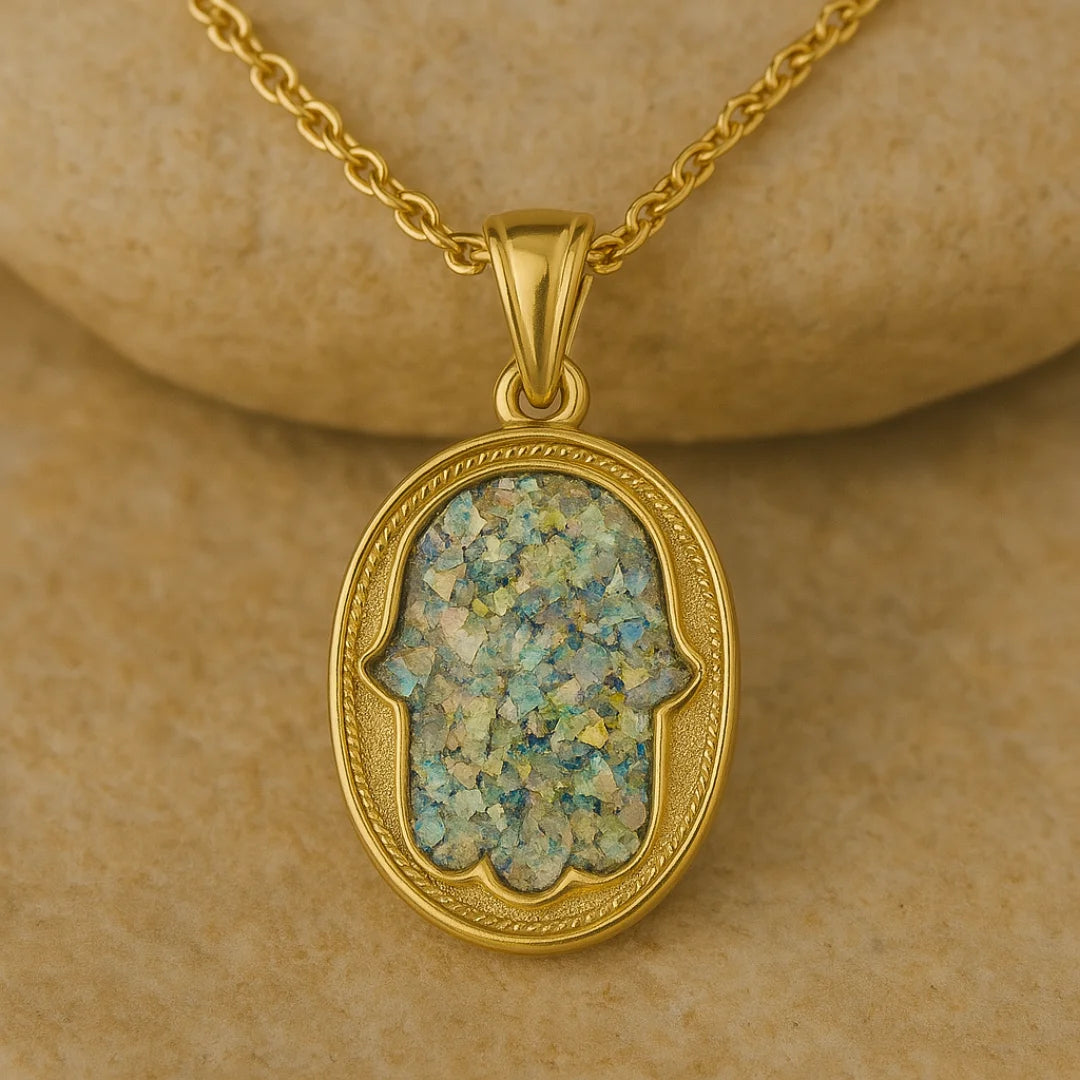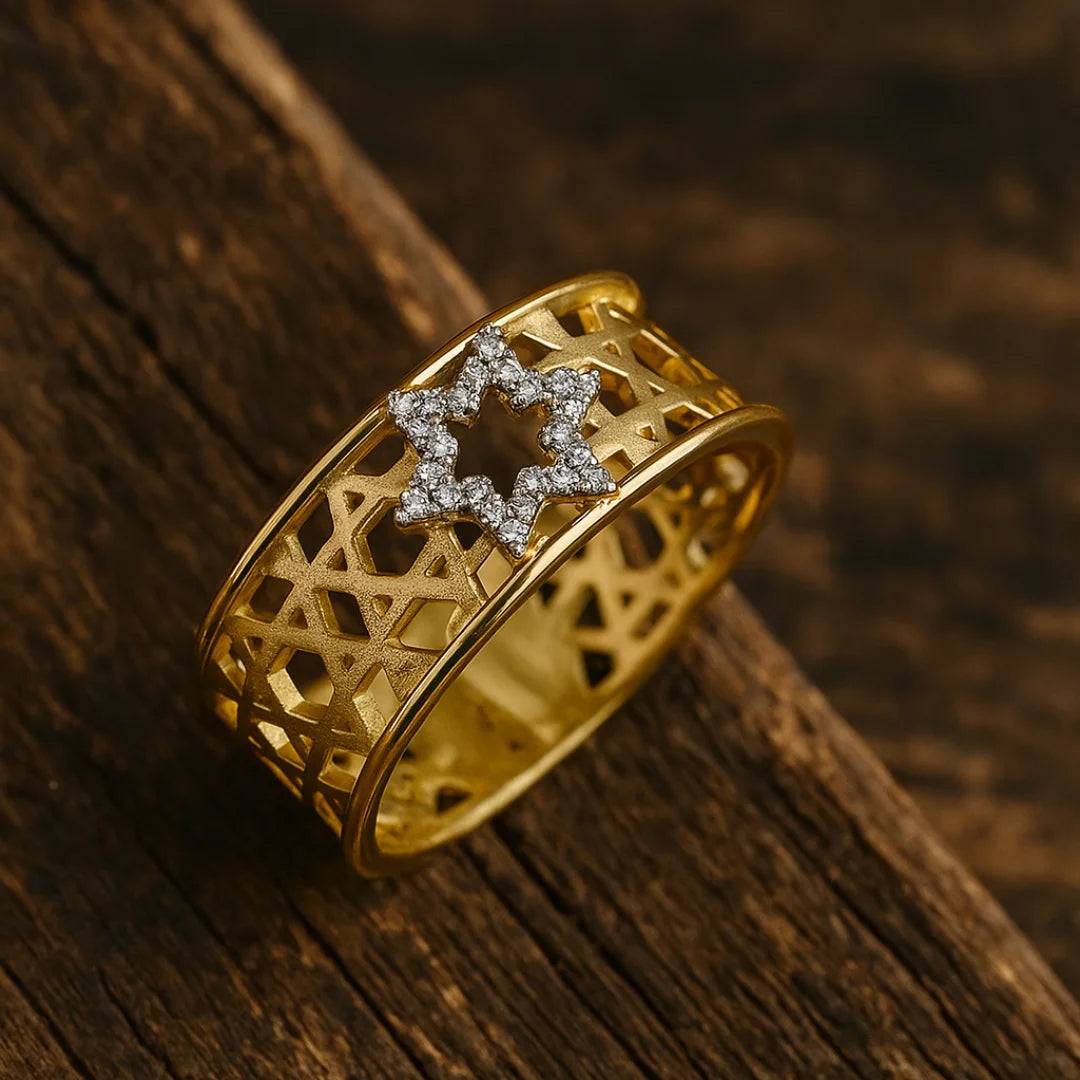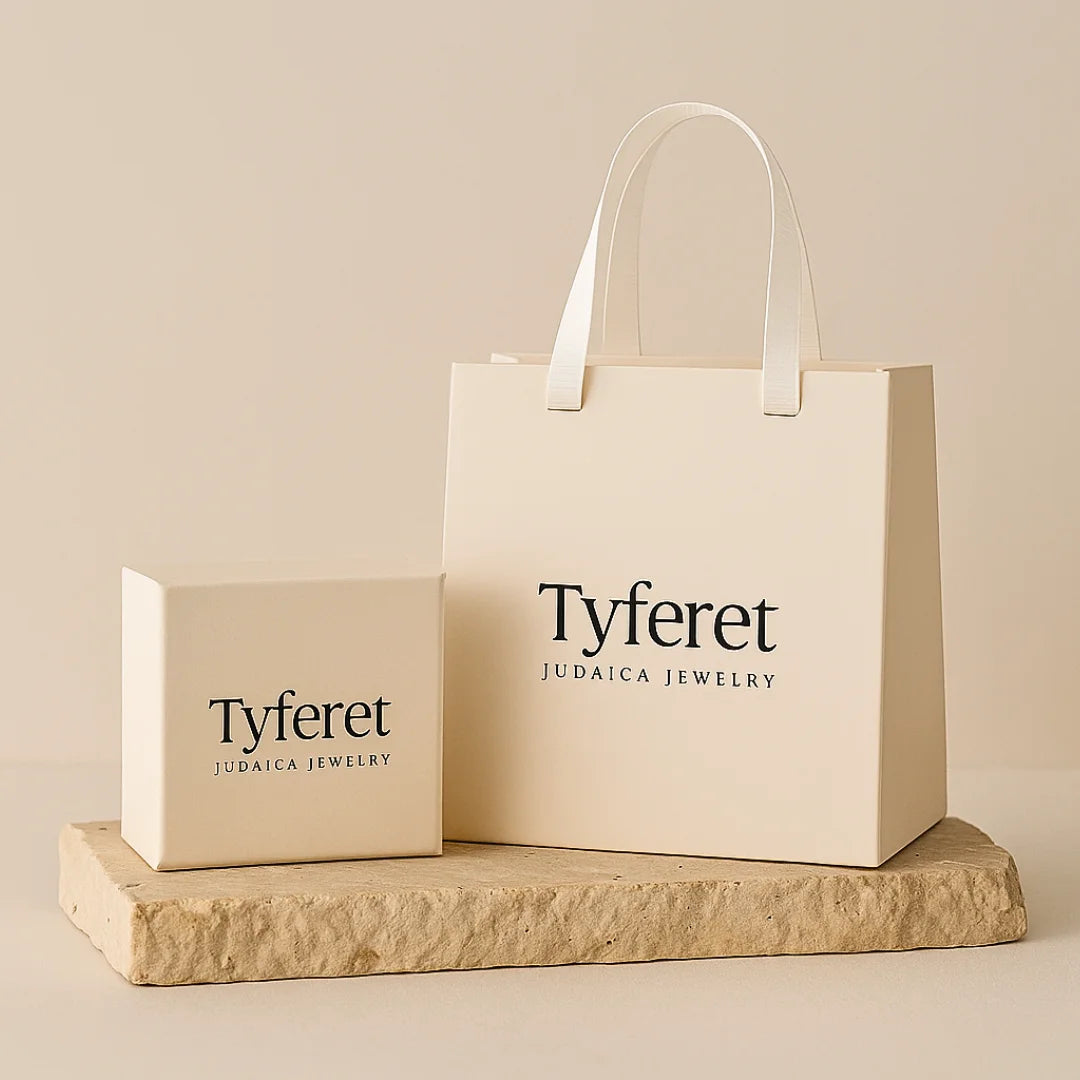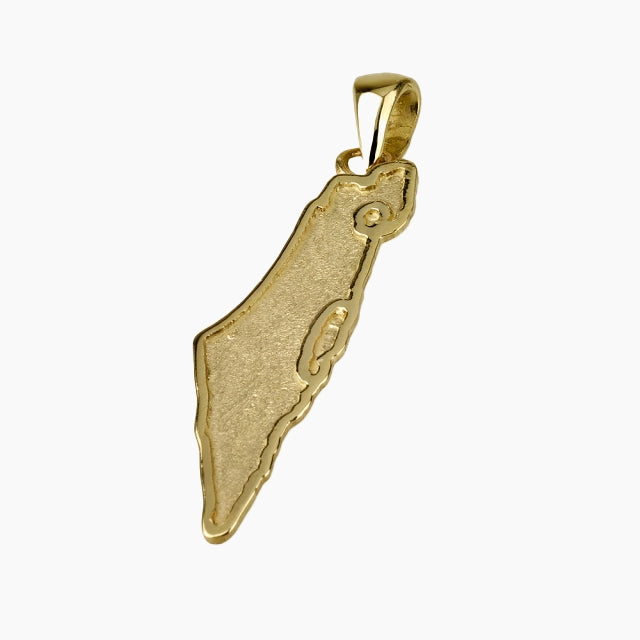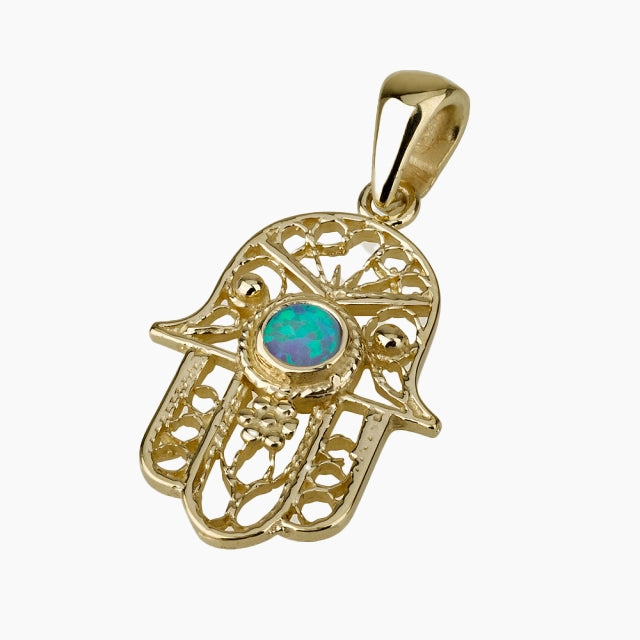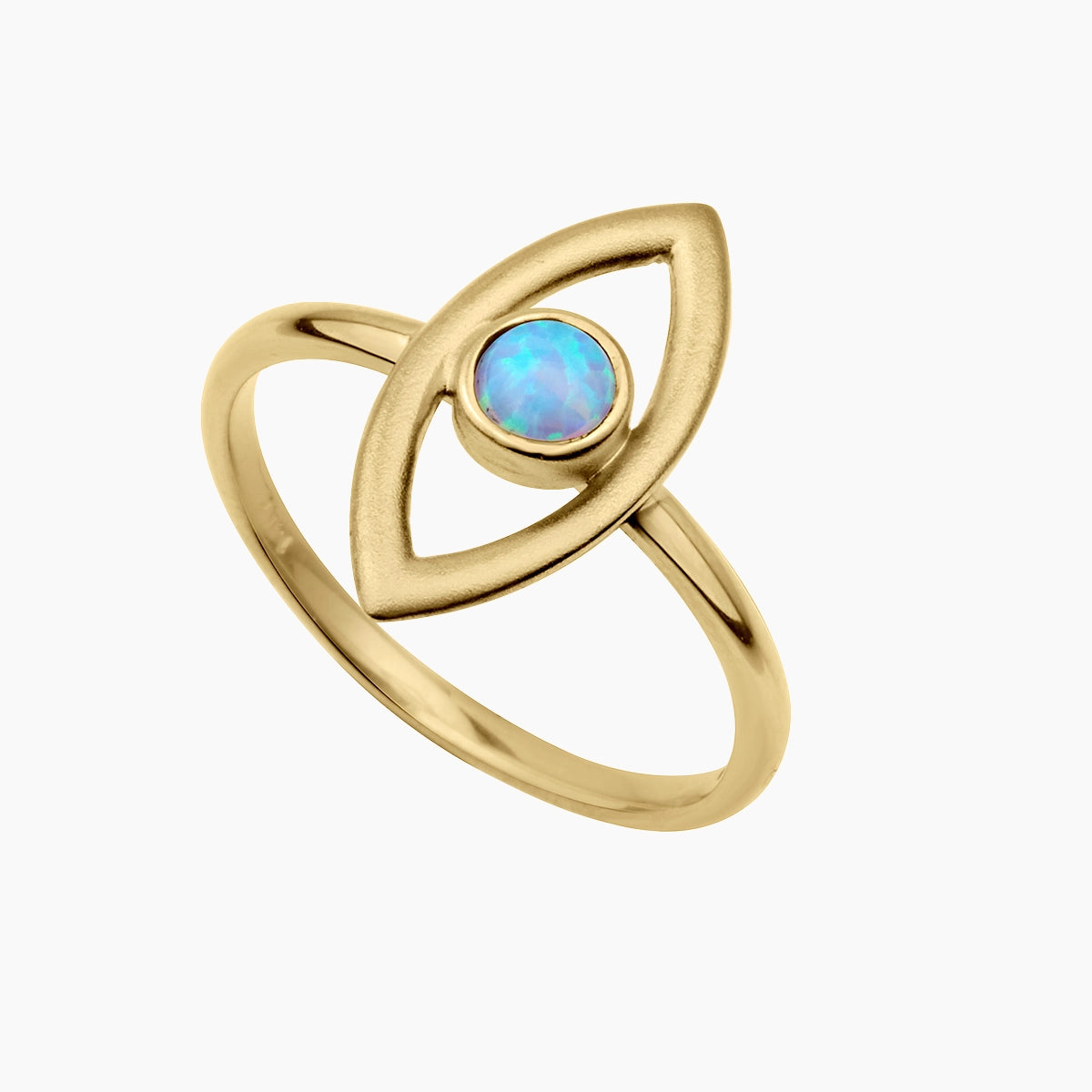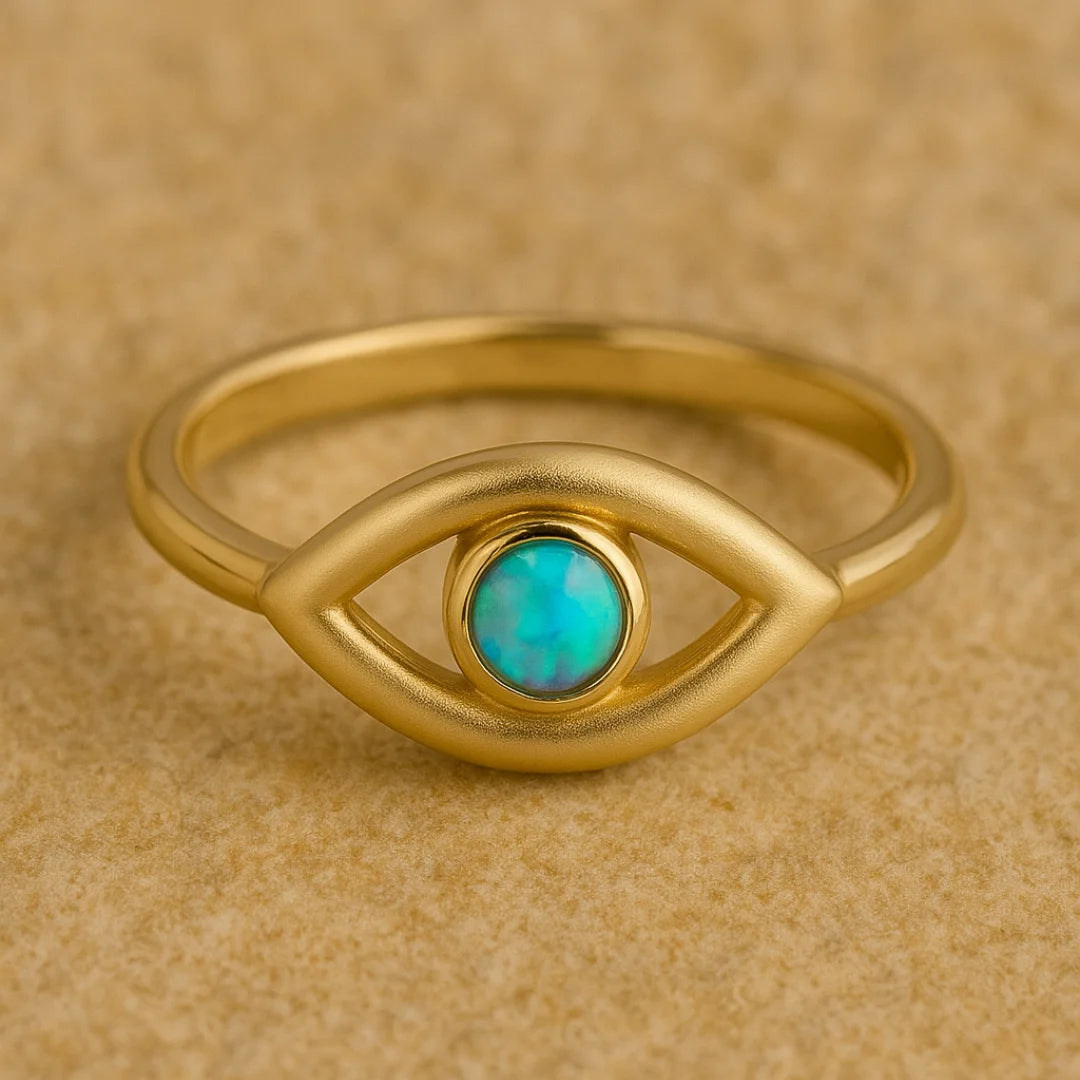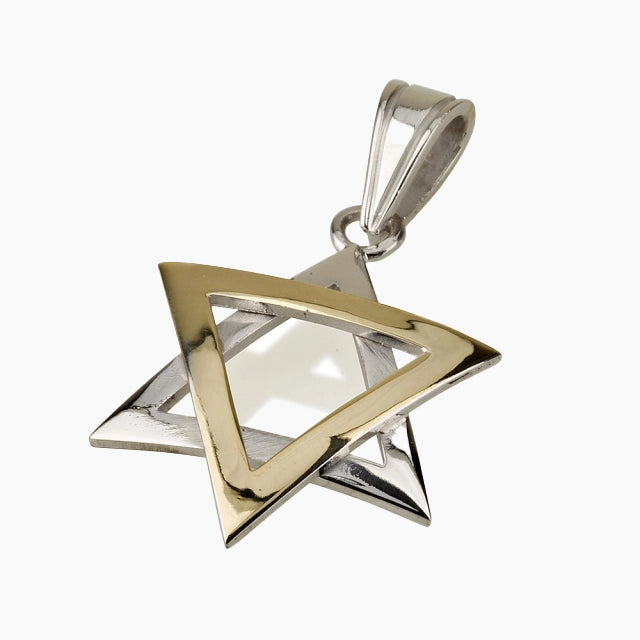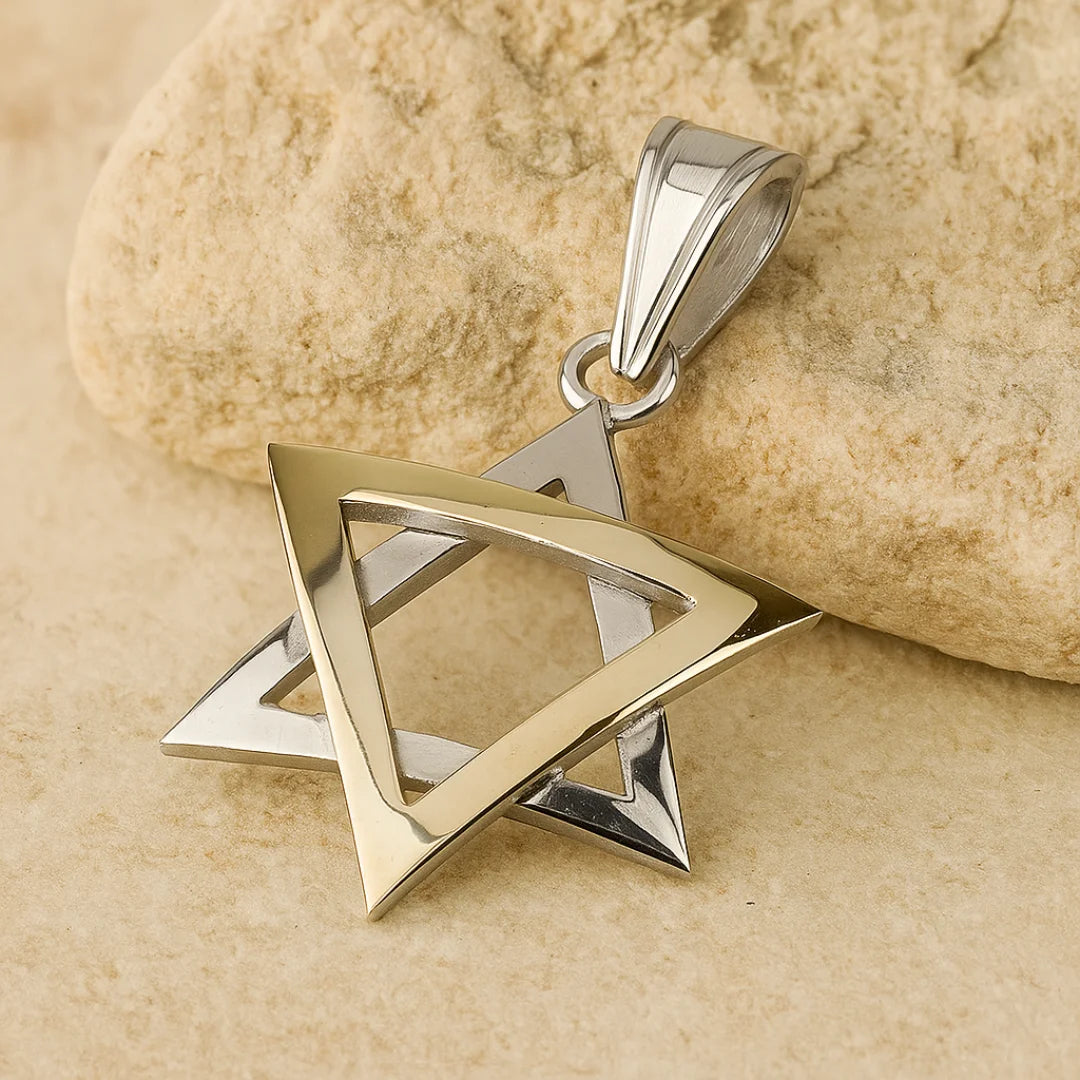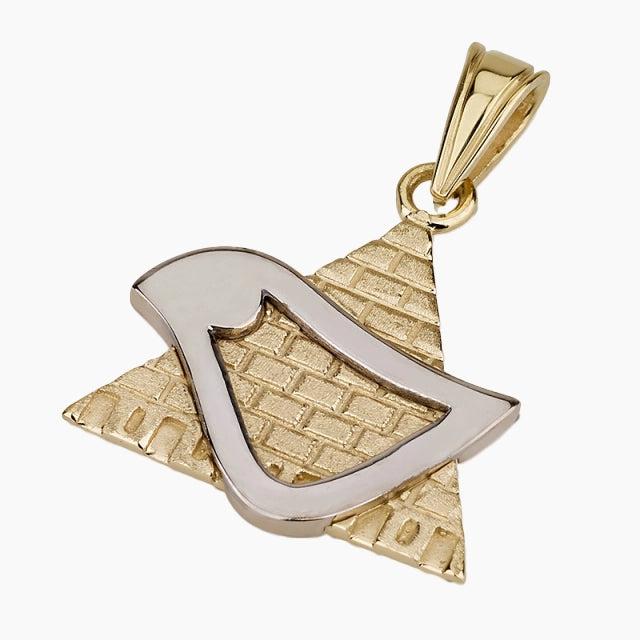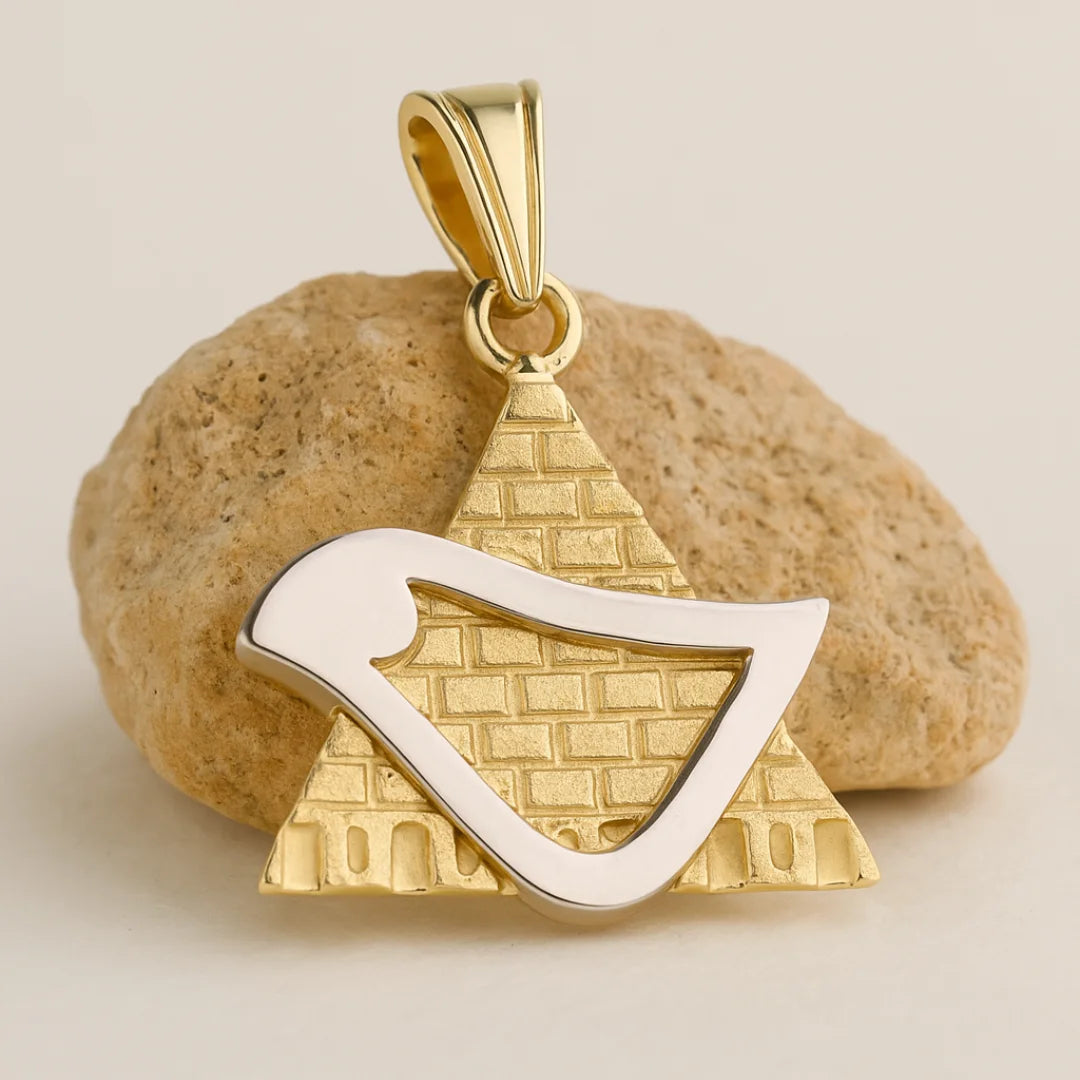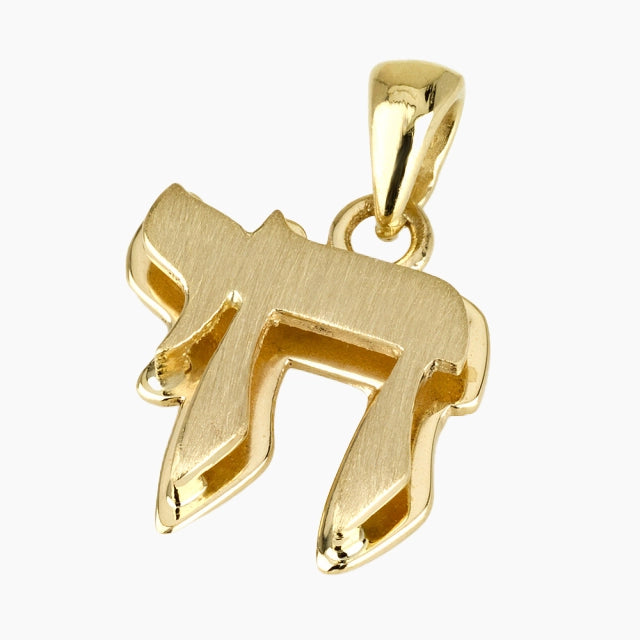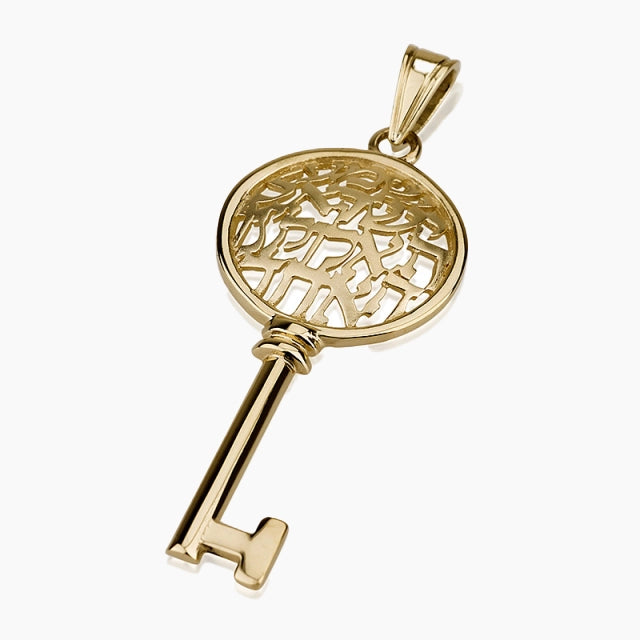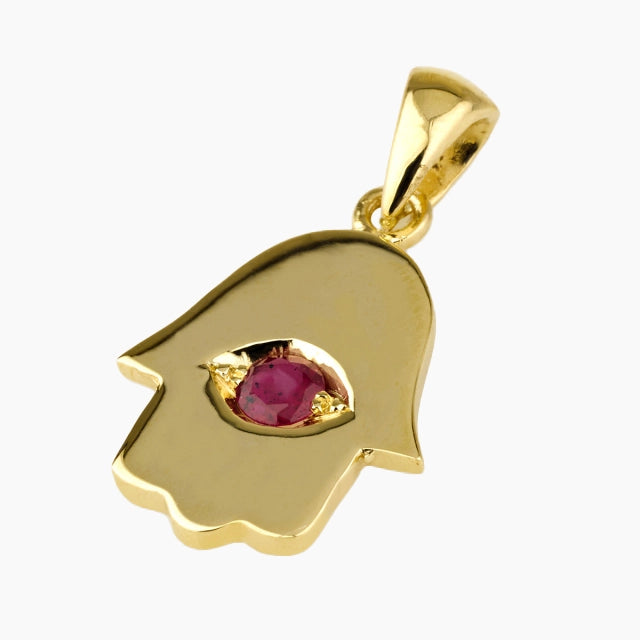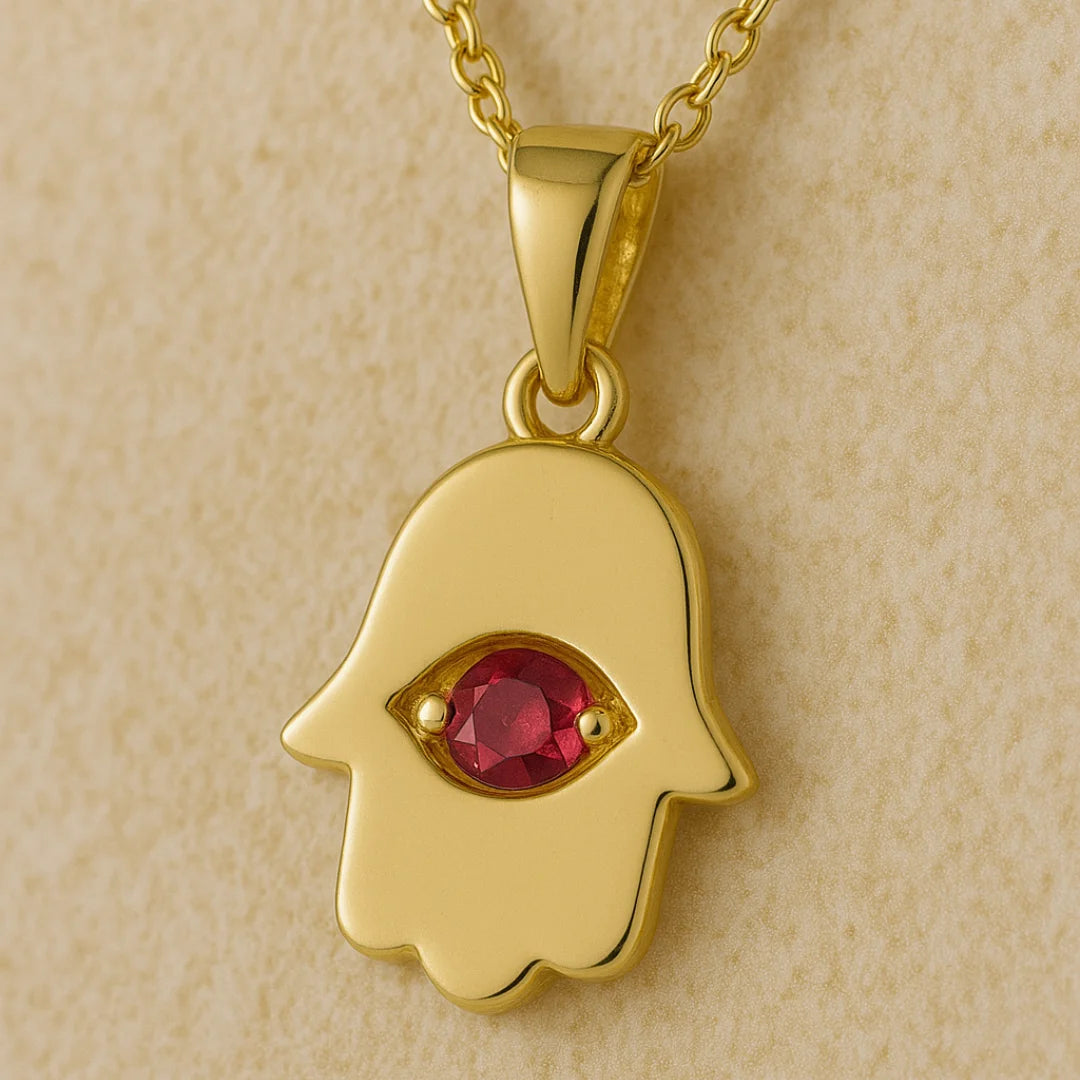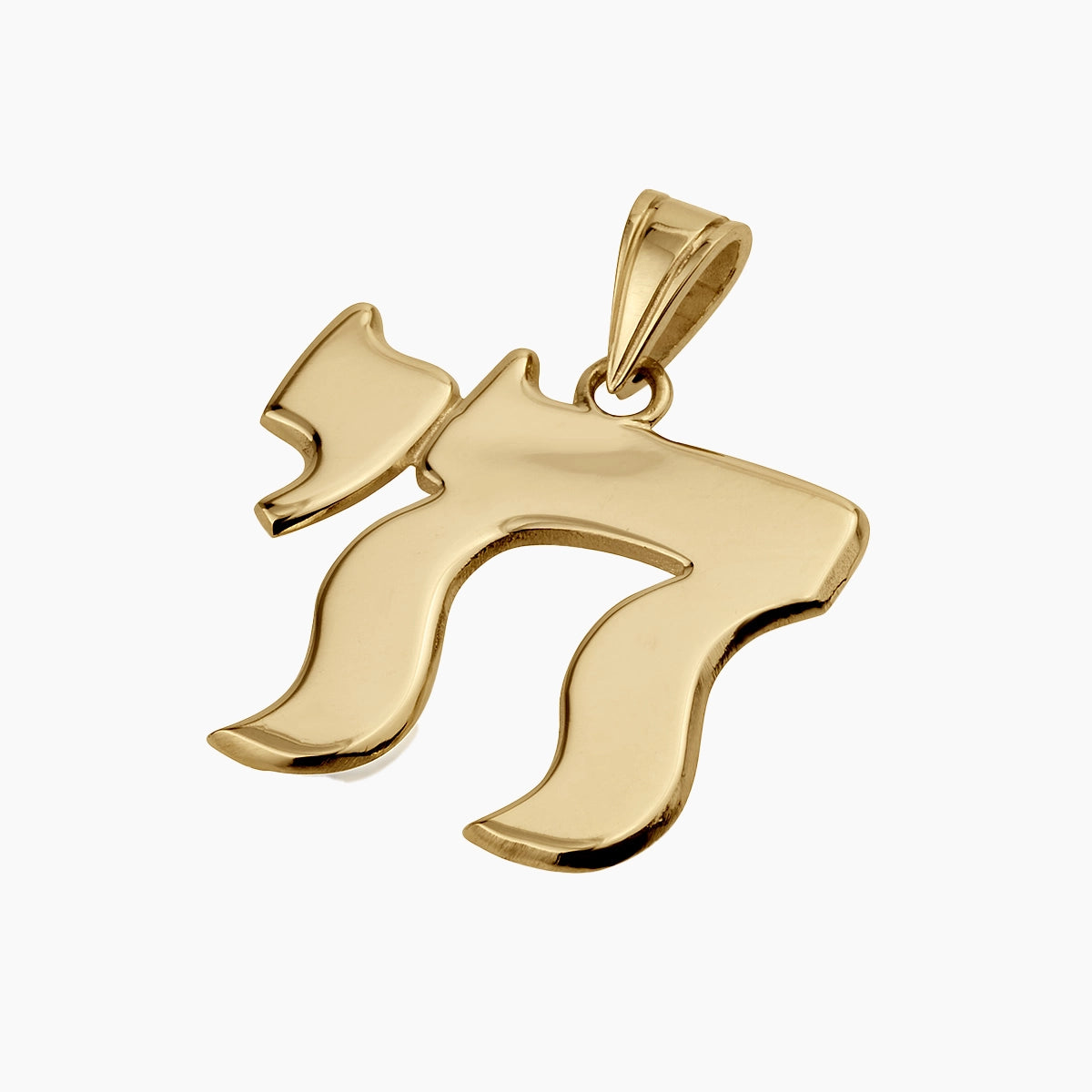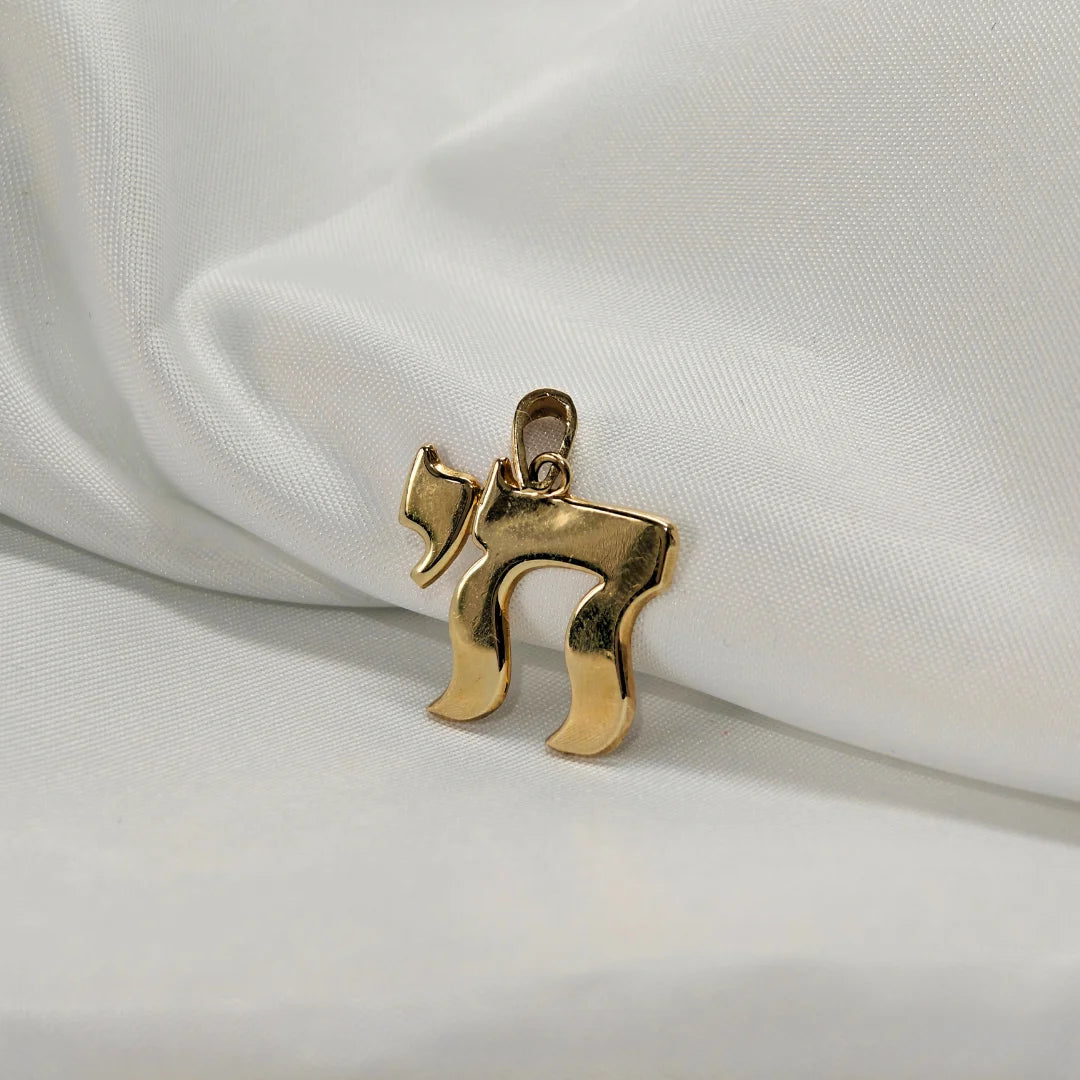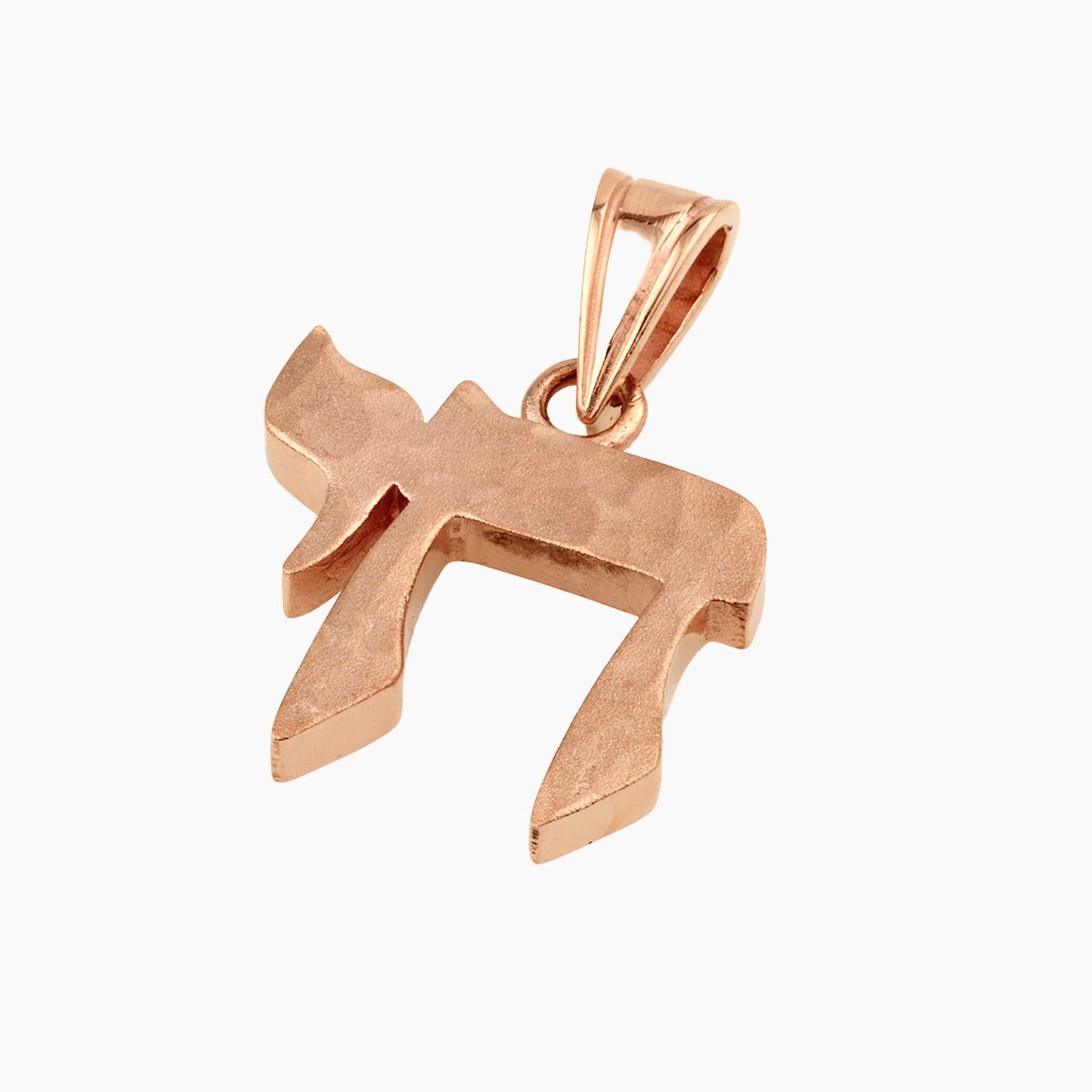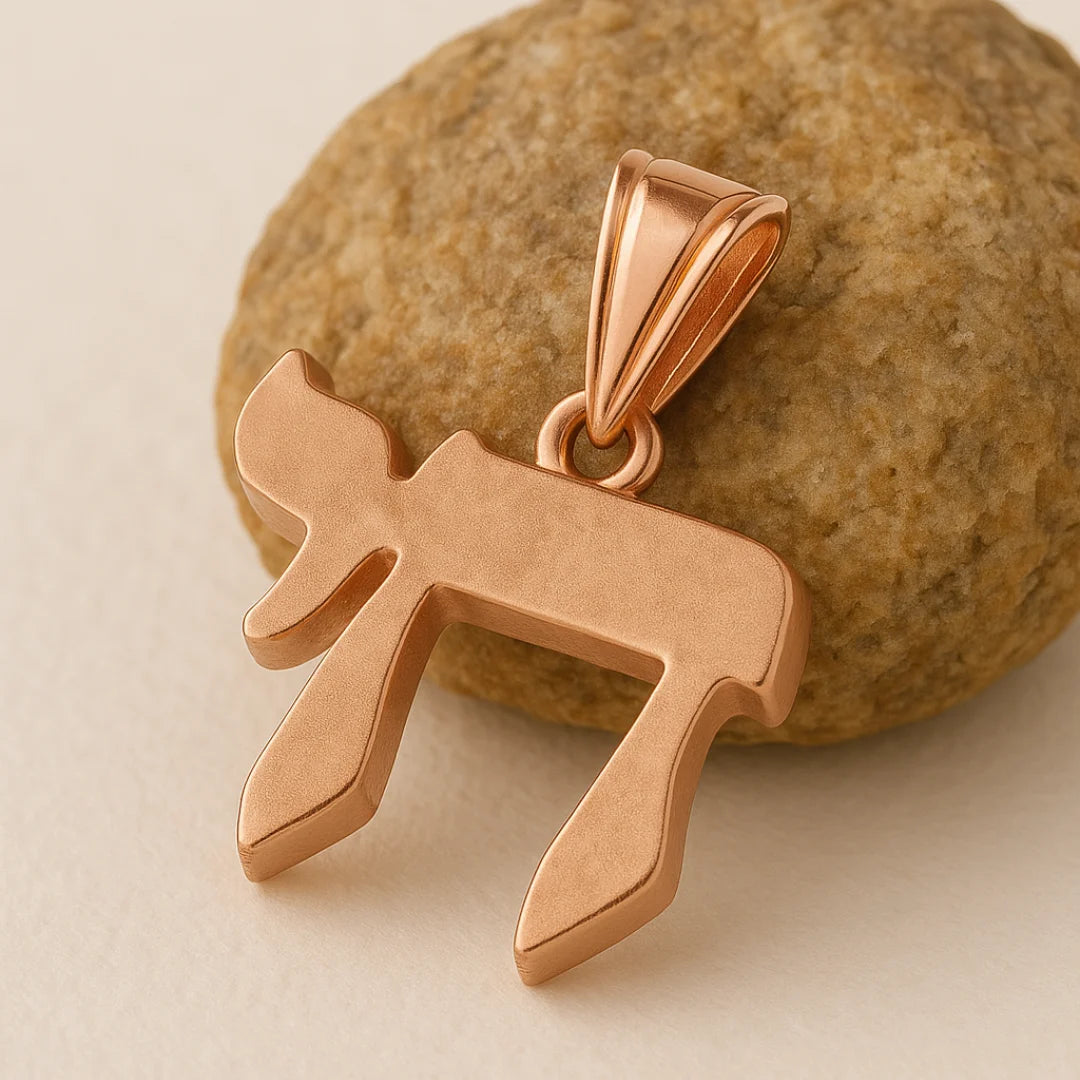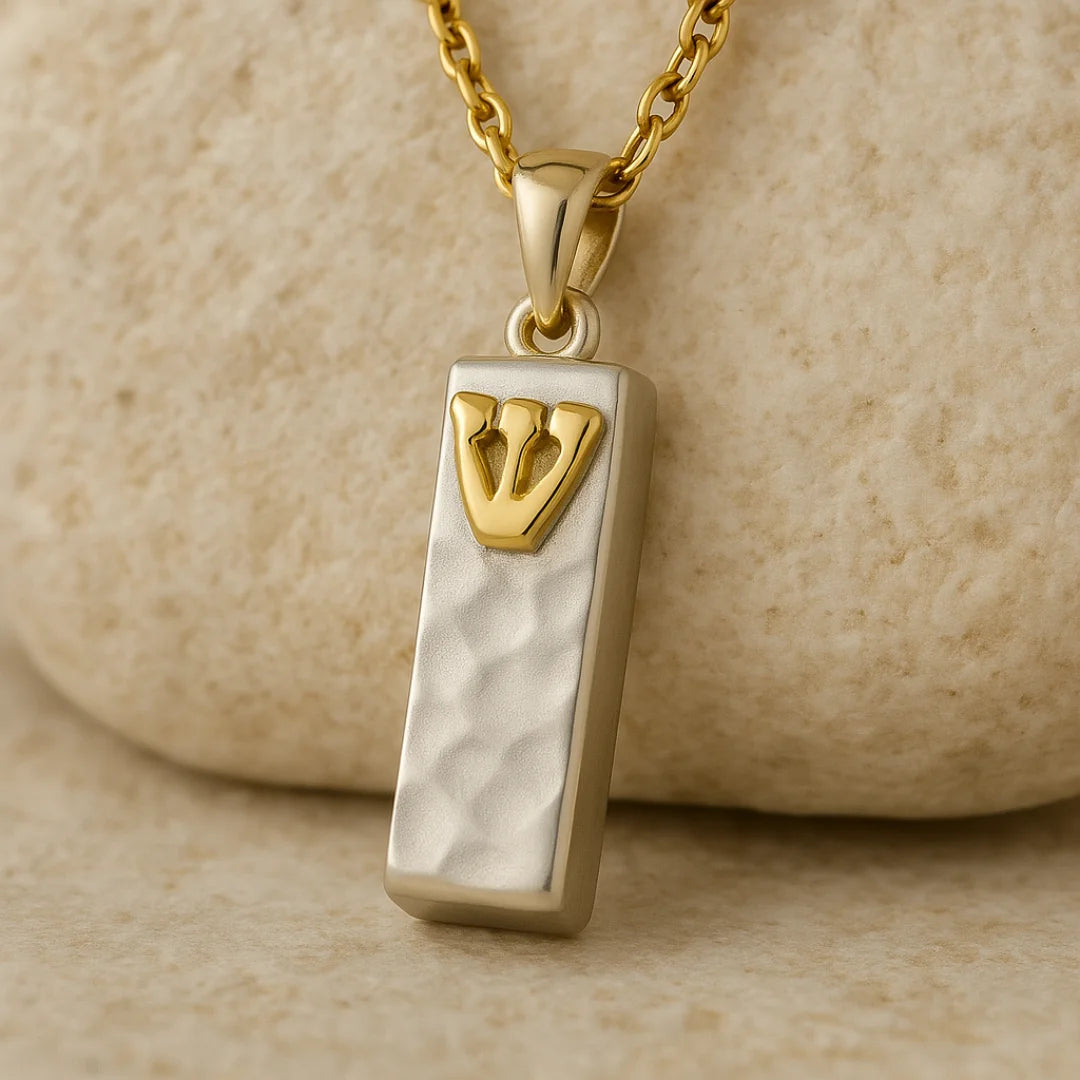
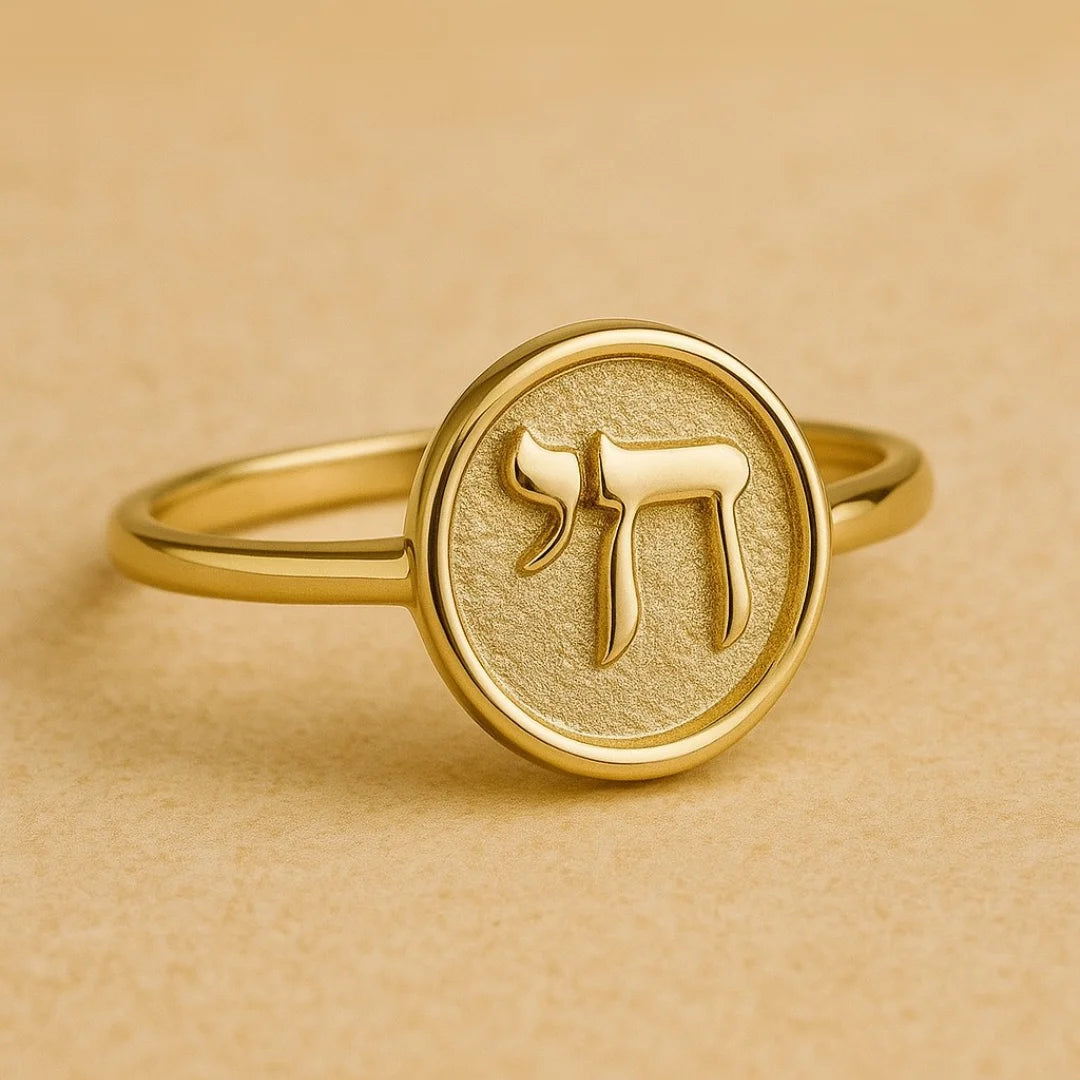
judaica
What is Judaica? The Meaning, Origins & Timeless Beauty of Jewish Art
What Does "Judaica" Really Mean?
When we say the word Judaica, what we are usually talking about are things that pertain to Jewish life, tradition, and culture. It might be something that we see every day in a Jewish home, like a mezuzah on the door, or something we notice only during holidays, like a menorah burning on Hanukkah.
The word itself has Latin origins, meaning "things of the Jews" or "Jewish affairs." It became the common term for all the items-large and small-which have Jewish meaning, history, and religion.
The origin of the word Judaica
The term "Judaica" originally was an academic one. Historians, museums, and collectors used it when they spoke about Jewish ritual pieces, artwork and manuscripts. But now, it is not only for museums or scholars. Judaica is a part of everyday life for Jewish people and it tells us how Jewish tradition has been passed from generation to generation.
The difference between Judaism and Judaica
Judaism is the religion, the faith itself. Judaica is the collection of items which enable you to carry that religion into daily life. Jewish law teaches about the mitzvah of mezuzah, for example; the mezuzah scroll and case are the pieces of Judaica that enable you to carry out the observance. That is, Judaism is the belief and the teaching-Judaica is the way it translates into your home, your prayer and your life.
What Is Considered Judaica?
Almost anything with a use in Jewish holiday, ritual, or tradition can be part of Judaica. Some are extremely religious; others are cultural or ornamented but significant to Judaism.
Everyday ritual items in Jewish life
Look at the Shabbat table: candlesticks holding lighted lights, a kiddush cup filled with wine and a challah cover draped over the bread. Each of these is Judaica. They are not practical items-they create beauty and richness for sacred moments.
Judaica as art and cultural expression
Not everything that is Judaica is used for a ritual purpose. Jewish sculpture, painting in Hebrew letters, or other sculpture on biblical stories are also Judaica. These are instances of conveying Jewish identity in artistic ways and, where feasible, marrying tradition with modern design.
From Ancient to Modern Judaica
Judaica is a rich and fascinating one. It's ancient and modern-tradition and yet always in some new shape.
Antique Judaica and its historical value
Antique Judaica are old ritual objects, manuscripts, or pieces of art from past generations. A centuries-old Torah pointer or a hand-carved spice box, for example, can tell us about the communities that created and used them. Museums and collectors often retain these treasures because they hold history, skill, and deep spiritual meaning.
Modern Judaica and contemporary design
Judaica today is also produced in modern styles. You might notice mezuzah cases with crisp lines, menorahs made out of strange materials, or pieces of jewelry that combine Jewish iconic symbols and modern styling. Modern Judaica proves that tradition lives-on and continuously changes to inspire generations to come.
Judaica Jewelry: Symbols You Can Wear
Not all Judaica resides on a shelf or in a cabinet. Some are made to be worn everyday, close to the heart. That's where Judaica jewelry enters the picture. It takes the timeless symbols of Jewish life and turns them into individual heirlooms.
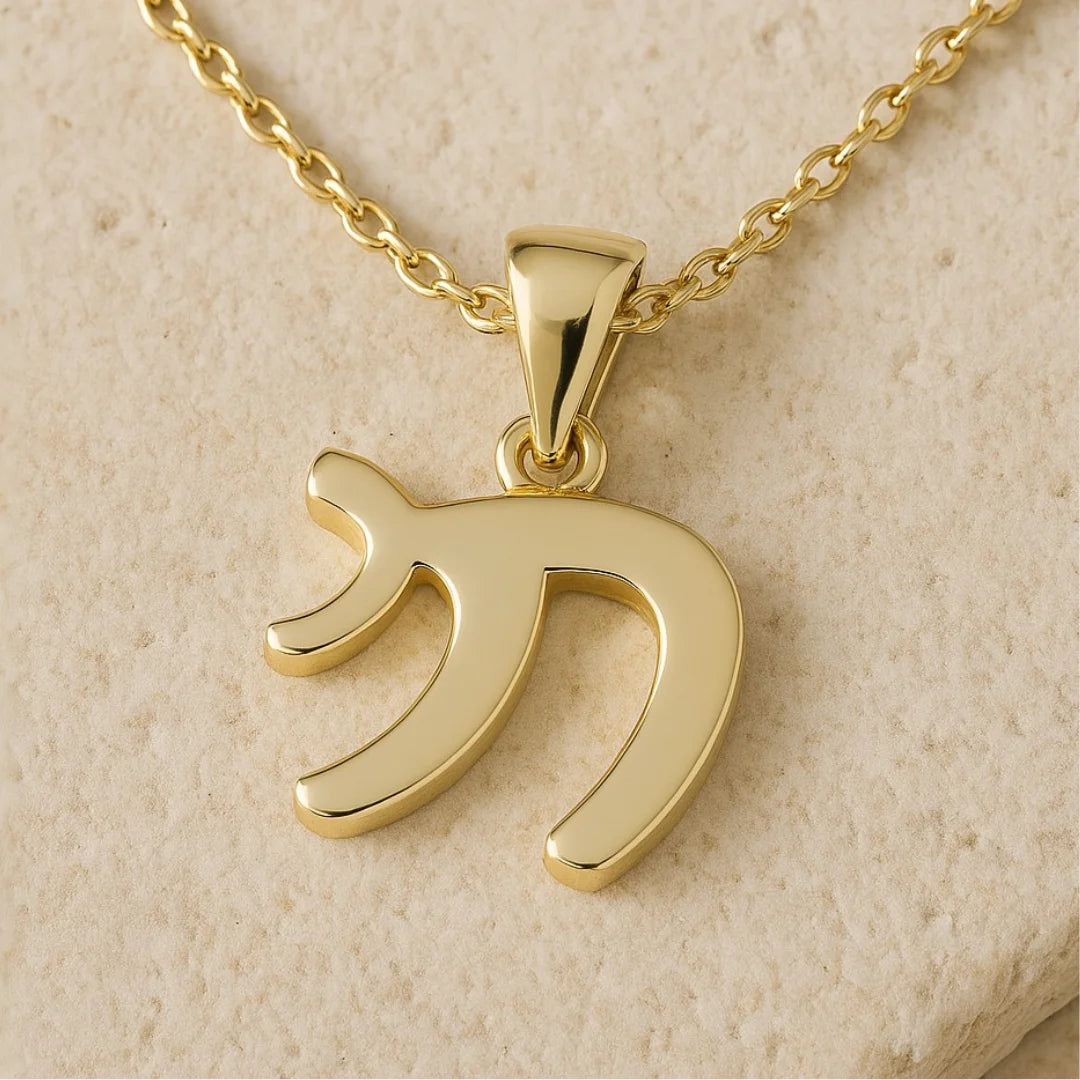
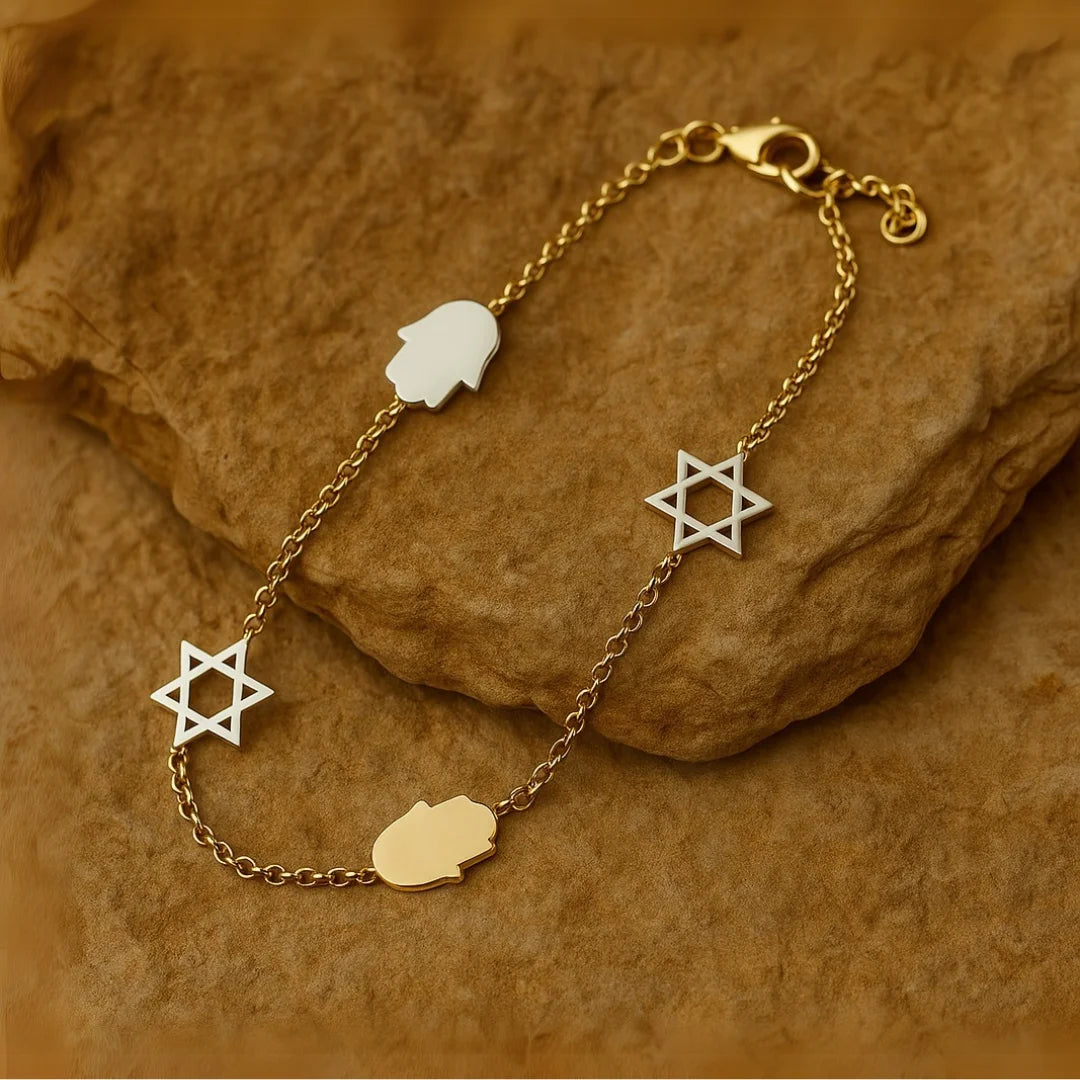
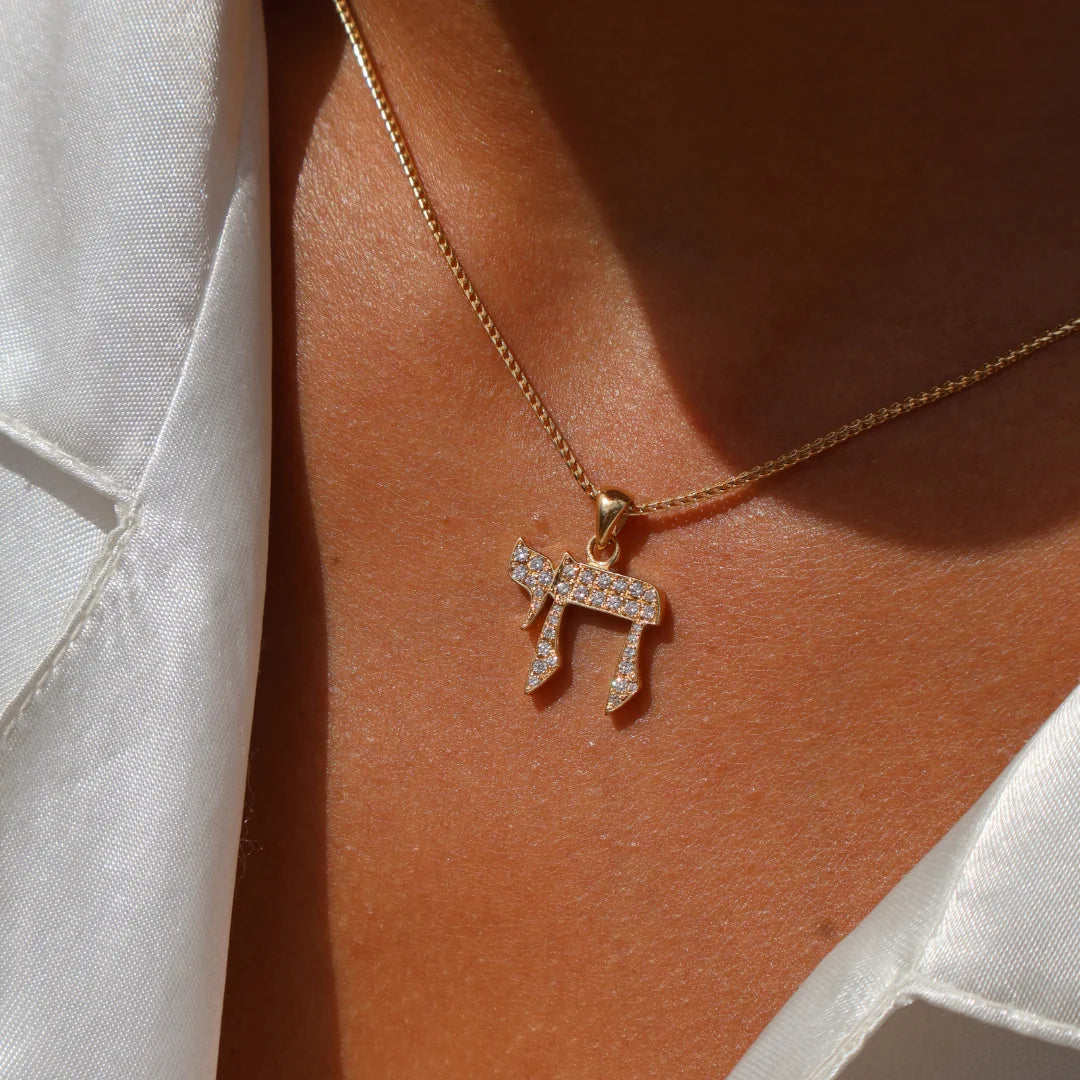
Types of Judaica jewelry and their meanings
- Star of David (Magen David): A six-pointed star that has become one of the strongest symbols of Jewish identity and pride.
- Chai (חי): A Hebrew word meaning "life," often worn as a reminder of the value of life and the blessing of being alive.
- Hamsa: A hand-shaped symbol believed to offer protection and blessings.
- Evil Eye (Ayin Hara): Usually blue-colored motif meant to ward off the evil eye.
- Shema Yisrael inscriptions: Jewish prayer passages inscribed on pendants or rings, sharing your faith wherever you go.
Judaica jewelry as gifts and heirlooms
Judaica jewelry is usually a gift for the most important events in life-bar or bat mitzvahs, weddings, anniversaries, or the birth of a child. These pieces are not only beautiful; they are meant to last, passed down like a blessing from one generation to the next.
Judaica Beyond Jewelry: Gifts, Stores and Art
Judaica does not end with jewelry. It overflows to all aspects of Jewish life, from presents during the holidays to works of art that are painted.
Judaica stores and what you can find in them
Step into a Judaica store and you’ll see shelves full of ritual objects and gifts: menorahs, mezuzahs, tallitot (prayer shawls), kiddush cups, Shabbat candlesticks and much more. These stores are like treasure chests, each item with its own story.
Jewish gifts and the traditions they carry
A Judaica gift is never "a thing." It's a symbol, a tradition, a blessing. It's giving somebody a mezuzah, for example, a wishing of protection and holiness in their home. A kiddush cup as a wedding gift becomes part of Shabbat dinners for generations.
Jewish art as an expression of faith and heritage
From Hebrew calligraphic paintings to Jerusalem-inspiration statues, Jewish artwork is also Judaica. They capture history and creativity in their renderings of both ritual and traditional subjects, blending classic imagery with modern style. They make Jewish identity present in non-ritual forms, bringing heritage into something for everyone to see.
Judaica Today
Judaica is not things. It's about connection, meaning and memory. Each item speaks: the mezuzah on the door that greets you home, the menorah that brings family together on Hanukkah, or the pendant you wear to remind you of faith and bravery.
Judaica as a bridge between past and present
Jewish life is centuries old and yet every new generation discovers ways to keep it alive. Judaica is one of the bridges that lead to the past to the present. Clasping your grandmother's candlesticks or wearing a Star of David necklace binds you to generations before you-and enables you to introduce those traditions to the future.
The emotional bond to Judaica items
To so many, Judaica is comforting, a source of strength and a feeling of belonging. It's not an item, it's a touchstone of identity. Even the most simple thing-a challah cover, a chai necklace, a Jewish piece of art on the wall-can elicit pride, memory and home.
Featured collection
Featured
Frequently Asked Questions
Judaica is any item connected with Jewish culture, ritual, or tradition. This can be ritual items like a menorah, kiddush cup, or tallit, but also jewelry, artwork and even antique memorabilia.
The word "Judaica" is applied to objects related to Jewish life and heritage. It represents both the tangible object and the meaning they carry-faith, tradition and heritage.
Examples of Judaica items are menorahs, mezuzahs, candlesticks, Torah ornaments, kiddush cups, challah plates, tallitot and jewelry with Jewish motifs like Star of David, Hamsa, or Chai.
Judaism refers to religion and belief, while Judaica refers to the collection of items which help make that belief a part of everyday life. Judaica brings Judaism's teachings into reality.
Antique Judaica are older, often rare pieces from previous centuries-like silver spice boxes, Torah crowns, or manuscripts. Not only are these pieces of value aesthetically, but also for history and the tales behind them.
Judaica is the collection of objects that merge Jewish faith, culture, and life into the everyday world. From ritual items like mezuzahs, menorahs, and kiddush cups to jewelry and art carrying timeless symbols, Judaica adds a touch of tradition. It is ancient and modern, passed down as heirlooms but re-imagined forever in new designs.
At its core, Judaica isn't an object, but a meaning. Each piece is a bridge between the lessons of Judaism and the way they come to life in the home, across the table, or close to the heart. Judaica is the manner in which Jewishness is lived, remembered, and shared.

